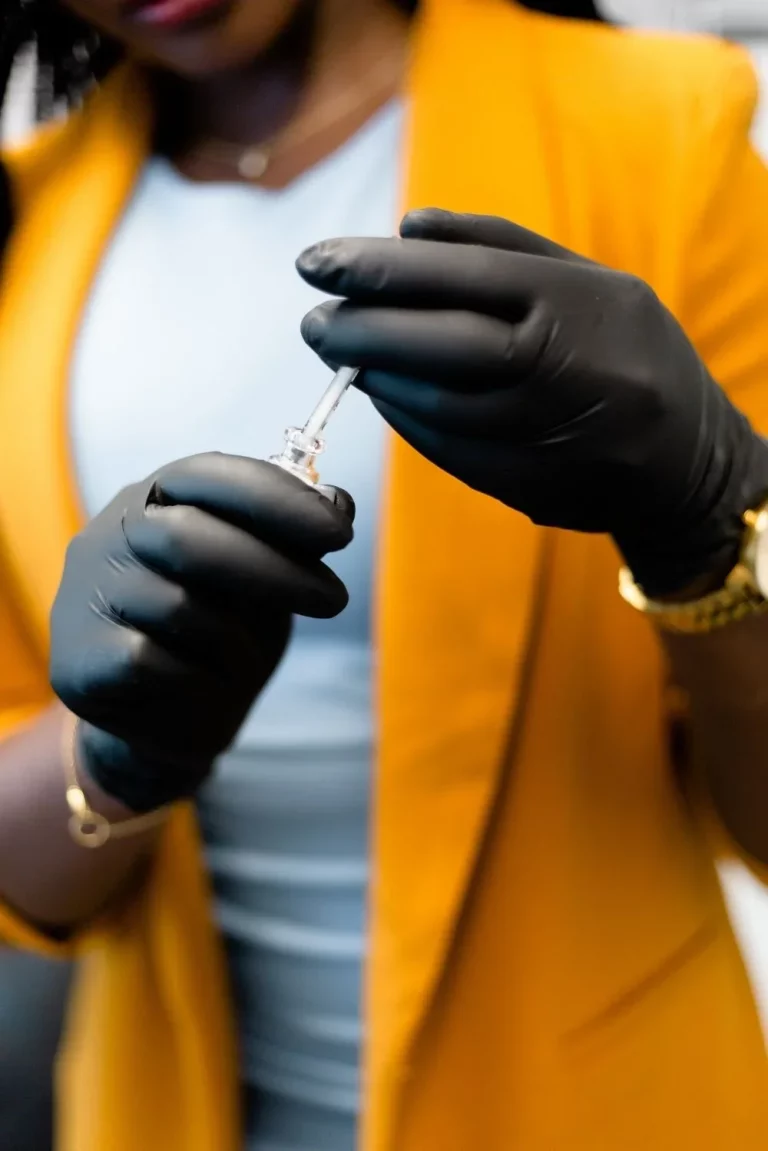- +234 705 863 4261
- info@florenskairosdigitals.com
Home » Search Engine Optimization
(SEO) SEARCH ENGINE OPTIMIZATION
Online success depends on how easily your website is found on search engines. At Florens Kairos Digitals, we’re experts in creating personalized SEO strategies to boost businesses to the top of search results.
This directly helps your brand reach more people and grow.
Our SEO process at Florens Kairos Digitals
Our Search Engine Optimization method stands out for a reason – it’s a unique approach that search engines love. Our strategies not only deliver results but have proven resilient through every major algorithm update. Now, take a look at our winning process.
Phase 1
Phase 2
Phase 3
Phase 4
Phase 5
Phase 1
SEO Research & Competitive Analysis
We start by getting to know your business, competitors, and goals – making sure we’re aligned from the get-go.
To move forward, we’ll need access to your website, Google Search Console, and Google Analytics. Don’t worry if you don’t have these yet.
Our first task is creating a baseline report to measure the impact of our SEO efforts. This covers keyword rankings, website clicks, traffic, bounce rate, and more.
After evaluating your current optimization, we pinpoint missed opportunities and outline easy wins (optimizations) to kickstart your SEO campaign.
Then, we delve into your competitors’ websites, dissecting their keyword strategy and optimization efforts. We identify their strengths and weaknesses.
Using this intel, we conduct thorough keyword research, focusing on terms and variations with lower difficulty relevant to your industry.
All our research guides the creation of a tailored SEO roadmap for your business.
Phase 2
SEO Roadmap
Consider your roadmap as a step-by-step guide to attract more visitors to your website.
Typically spanning 9 to 12 months, this SEO roadmap is tailored to your business, with no generic templates or copy/pasting.
Informed by our research in Phase 1, each element in your roadmap is carefully chosen for success.
Your roadmap might include tasks like redesigning the website layout, creating new content, refining existing content, enhancing domain trust and authority, making technical SEO improvements, and implementing internal linking.
The next step involves reviewing the roadmap together to ensure we’re on the same page regarding the strategy and goals.
Phase 3
Client Review & Approval
Lots of new clients tell us they didn’t know what their previous SEO agency was doing. That’s why having a clear roadmap and agreeing on strategy and execution is so important.
Before we start doing anything, we both need to agree on the strategy and roadmap. At the end of each month, we can refer to the roadmap and check off completed tasks.
Once your roadmap is approved, we can move on to phase 4: actually doing the SEO work. This keeps things clear and everyone on the same page.
Phase 4
SEO Implementation
Now, you can unwind! Your part is finished, and we’ve got it covered.
We bring your roadmap to our team for execution, and here’s a glimpse of what goes into making your SEO roadmap a reality:
- Boosting page speed
- Optimizing images with next-gen formats
- Incorporating ALT text for images
- Internal linking
- Enhancing title and meta descriptions
- Tweaking heading tags
- Introducing Schema Markup
- Adding extra content to current pages
- Crafting blog content
- Establishing trust and authority
Phase 5
Reporting & Optimization
At the end of each month, we send you an email that lists all the work we did according to your SEO roadmap. It also includes a performance report on how well things are going.
For SEO, looking at the data every month is the best way to understand it. Even though we check results often, they go up and down because the algorithm is always figuring out where to put your content in search results.
We’ve learned that comparing the data from one month to the next is the most accurate way to see what’s really happening.
This report is helpful for you, and it also helps us change our strategy in real time to make things better.
Our SEO results

Dr. Lian Beauty
147% increase in page views. Ranking for 88 keywords (Top priority keywords ranked top 10) within a three-month period.
FAQs
Our clients often wonder, “What’s Search Engine Optimization?” It’s a way to optimize your website so it has a better chance of showing up higher on Google and other search engines.
So, what’s goes into an SEO strategy? Well, here are some optimizations you can make on your website to boost how it shows up in searches:
- Make your pages load faster.
- Use next-gen. image formats to make your pictures load quicker.
- Describe your pictures with focused keywords (ALT text).
- Internal linking (Connect your pages together)
- Optimize your page titles and meta descriptions.
- Use the right heading tag structure.
- Add Schema Markup to help search engines understand your web content.
- Write additional content for existing webpages.
- Write blog content.
- Improving domain authority
The goal of search engine optimization is to attract more visitors to your website and turn some of them into customers. Alternatively your strategy for making money could be selling display ad space on your website and this would also require website traffic
SEO is a must-have for every business, whether you’re a local business or have customers across the global.
Wondering why? Well, think about the staggering 8.5 billion searches happening daily on Google. That’s a vast pool of users looking for something specific, and guess what? It could be your product or service they’re after.
Missing out on that opportunity doesn’t sound good. Right?
Even if you’ve never dabbled in SEO, chances are you’re already ranking for something—unless, of course, you’ve explicitly told search engines to stay away from your website.
Now, let’s imagine most of your traffic and customers are rolling in from Facebook or Instagram ads. Should you still consider SEO? Absolutely!
I’m not saying ditch a strategy that’s clearly working, but with paid advertising, it’s a pay-to-earn scenario. Stop paying, and the flow of new customers stops too.
And this is where the magic of SEO comes into play. It’s all about free traffic. No more spending cash just to get new customers
When dealing with SEO and keywords, you’ll use a combination of long-tail and short-tail keywords. If this sounds a bit confusing, don’t worry—I’ll explain
Short-Tail Keywords
Short-tail keywords are typically one or two words. They’re broader and have more searches compared to long-tail keywords. For instance, searching just “SEO” is a short-tail keyword, while “SEO agency in Lagos, Nigeria” is a long-tail keyword.
Long-Tail Keywords
Long-tail keywords make up 80% of all Google searches and are usually more specific, making it easier to rank for them.
These keywords are phrases with three or more words that provide additional details to a search query. They show the search intent of the user.
For instance, “Online advertising” is a short-tail keyword, but “Online advertising agency in Lagos, Nigeria” is a long-tail keyword.
Short-tail keywords have higher search volumes, but long-tail keywords are more relevant to users and are often what we focus on optimizing.
Search engines love fresh content, and they reward website owners who regularly update their sites with better rankings on the SERPs (search engine result pages).
Google’s main goal is to arrange the world’s information to make it accessible and helpful to everyone.
Now, the frequency of updating your site depends on the nature of your business and how much information you have to share.
While the basic principles remain the same, Local SEO involves a more localized competition compared to the broader scope of national rankings.
Additionally, there are specific strategies, such as building citations, that are exclusive to Local SEO and don’t come into play with regular SEO.
SEO, which stands for Search Engine Optimization, is a part of SEM (Search Engine Marketing). Both these strategies aim to boost the number of visitors to your website, but SEM involves paid advertising.
SEO
SEO is the method of optimizing your website and content to appear naturally in search engine results. Unlike SEM, one significant contrast is that SEO takes time. It might require up to two years for a new website to rank on page 1. However, for established websites with a good reputation, ranking changes can happen in as little as a month.
SEM
SEM involves driving traffic to your website through search engines, encompassing both organic and paid rankings. The key difference with SEM is that you can secure a #1 rank in the paid section of search engines immediately. This means we can start directing traffic to your website while waiting for your SEO efforts to take effect. The drawback of paid advertising is that you’ll always need to pay to generate business.
Think of on-page SEO as everything you can handle on your website to improve SEO.
It’s all about what happens directly on your site. This includes things like website content, headlines, title tags, images, ALT text, meta descriptions, structured data, page speed, and user experience.
It’s basically about fine-tuning your website for better online visibility.
Off-page SEO covers things that happen outside your website and are often beyond your control, like domain authority, trustworthiness, backlinks, and social metrics.
When it comes to off-page SEO, the most crucial thing is backlinks, which are links from other websites to yours. Backlinks have a big impact on your website’s reputation, trustworthiness, and how well it shows up in searches. There are three main types of backlinks:
Natural Links: These are links that happen without the website owner doing anything. For instance, if a dog walker adds a link to a post on your website that points to an article about healthy dog treats, that’s a natural link.
Manually Built Links: These are links you get by working with other websites or asking clients to link back to your site. For example, if you write a blog post for another website, they might let you include a link back to your site.
One way to build links yourself is to find websites talking about what you know, get in touch with them, and tell them you have a detailed post about a topic they’re mentioning but not linking to.
- Self-Created Links: These are links you make yourself, like signing up for a local directory that allows a link back to your website.
While it’s good to build these kinds of links, creating a bunch of websites just to link back to your main one is considered not okay by search engines. It’s better to play by the rules to avoid any issues!

